
Early on, the cataract process not only makes your lens cloudy, it also makes your lens thicken and become more dense. When your lens gets bigger, you become a little more near-sighted. A change in your eyeglass prescription may help for a short time.
But as you continue to get older, the cataract gets more and more cloudy, and eventually not even a change in your glasses prescription will improve your sight. At that point, the only way to restore your vision is to remove the cataract.


A cataract is the clouding of the eye’s natural crystalline lens. The lens assists with focusing light rays onto the retina, which translates the image to the brain.
After the lens starts to cloud it is impossible to return the lens to its clear state with medications. At this point the only way to get rid of cataracts is to undergo surgery. Some people think a cataract is a growth on the outside of the eye but a cataract is actually the gradual clouding occurring with the lens located inside your eye just behind the pupil. Cataracts can be caused by many factors including just getting older. Eye doctors will tell you that anybody who lives a good long life is more than likely to develop cataracts. Environmental factors such as exposure to UV rays can also affect cataract development. Luckily, with technological advancements, cataract surgery is easier, safer and more effective than ever. More than 3 million cataract surgeries are performed in the United States every year, and have been statistically shown to produce excellent outcomes.
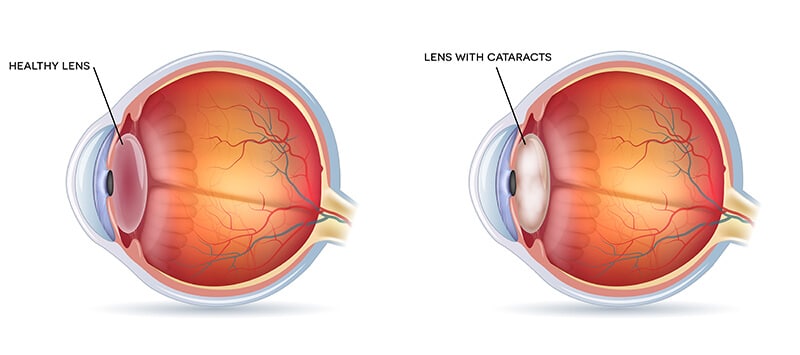
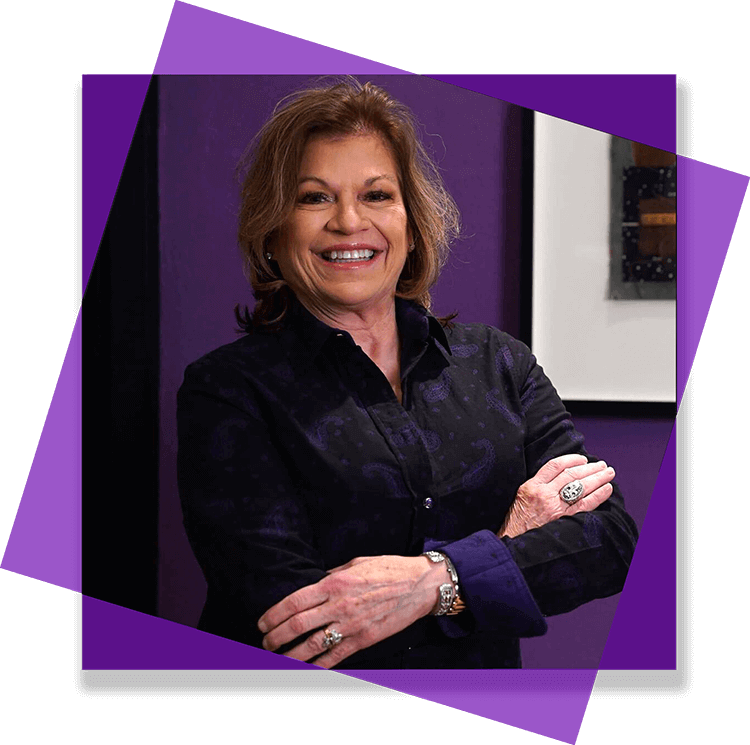
Dr. Dee Stephenson is an esteemed professional at the forefront of cataract surgery. With a relentless commitment to advancing the field, she actively participates in clinical research and studies aimed at evaluating cutting-edge technologies. Dr. Stephenson is a driving force in the development of specialized surgical instrumentation and innovative techniques, as well as the creation of next-generation intraocular lenses.
Learn More about Dr. Stephenson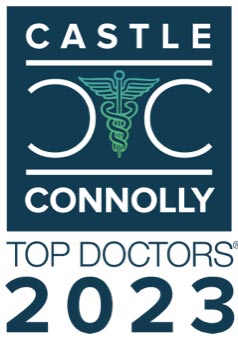
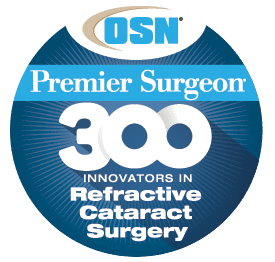
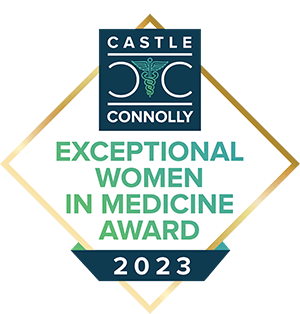
Cataracts are caused mainly by age, trauma, heredity, and exposure to ultraviolet rays. Cataracts can also occur as a result of an eye disease, after the use of certain medications, or as a result of medical conditions such as diabetes.
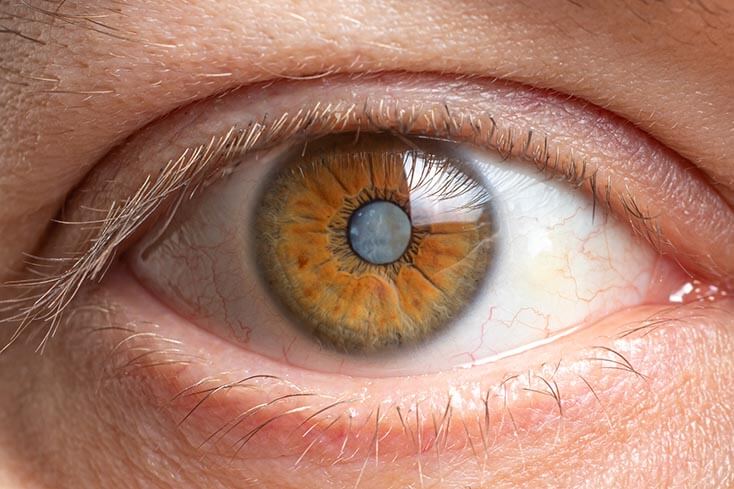
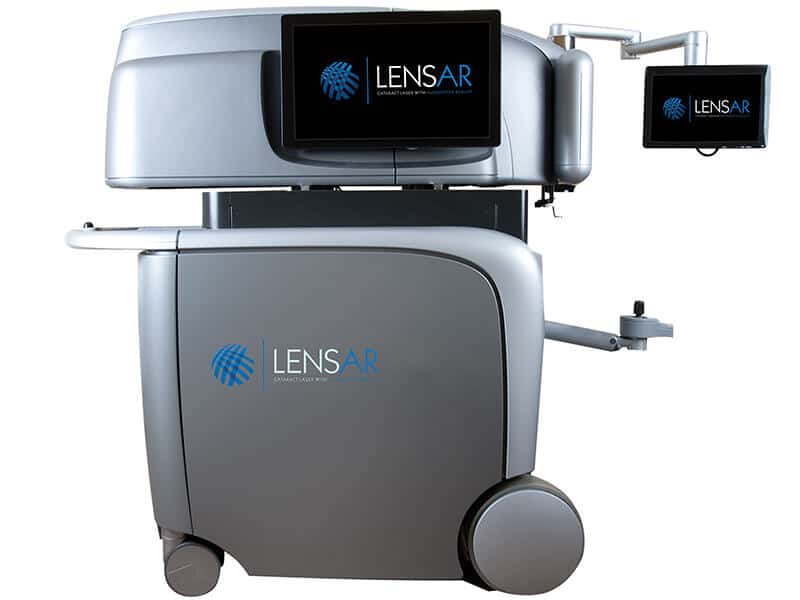
Cataract surgery is the most common surgical procedure performed on adults in the United States. The procedure is performed on an outpatient basis, the actual surgery generally takes a half-hour or less, and recovery time is usually only a few days.
Over the past several years, there have been great advancements in cataract surgery technology. Stephenson Eye Associates is proud to be the first practice in Venice to offer patients both high level services and a bladeless cataract surgery experience. Dr. Stephenson uses the Lensar Laser Cataract System, which gives her the ability to make more precise incisions in the cornea and lens allowing for a procedure that is truly customized to your eye’s own unique anatomy.
During cataract surgery, intraocular lenses (IOLs) are used to replace the clouded natural lenses. These artificial lenses are designed to improve vision and are typically made from biocompatible materials like silicone or acrylic. There are various types of IOLs available, including monofocal lenses that provide clear vision at a specific distance, multifocal lenses that allow for clear vision at different distances, and toric lenses that correct astigmatism. Dr. Stephenson will make the selection of the appropriate lens depending on your specific needs and visual goals.

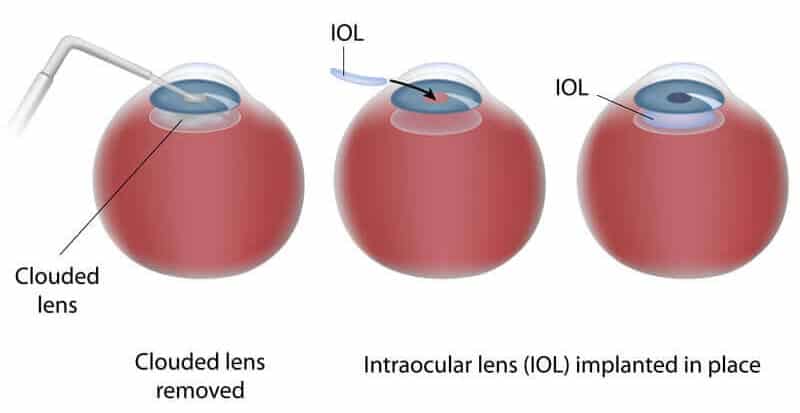
Cataracts are removed using no needle, small incision surgery known as phacoemulsification. After application of anesthetic eyedrops an incision of 1.8 to 2.7 millimeters in length is then created where the cornea, the clear domed structure on the front of the eye, and the white part of the eye, known as the sclera meet. The cataract is broken into many small pieces using an ultrasonic device and simultaneously removed from the eye.
Once all of the cataract material has been removed, a folded intraocular lens is inserted through the original incision. The lens is then maneuvered into the lens capsule and centered. The lens will remain inside your eye in this location.
Intraocular lenses cannot be felt or sensed in any way by the patient. Cataracts do not grow back after surgery. Intraocular lenses never wear out and except in very rare instances, never need to be replaced.
Cataract surgery recovery is generally short and uneventful, along as the patient is in good health and does nothave any other major eye problems.
Most patients recover completely from cataract surgery after around a month. Some people report redness, bruising around the eye, scratchiness and blurry vision after surgery. All of these symptoms are normal and should subside.